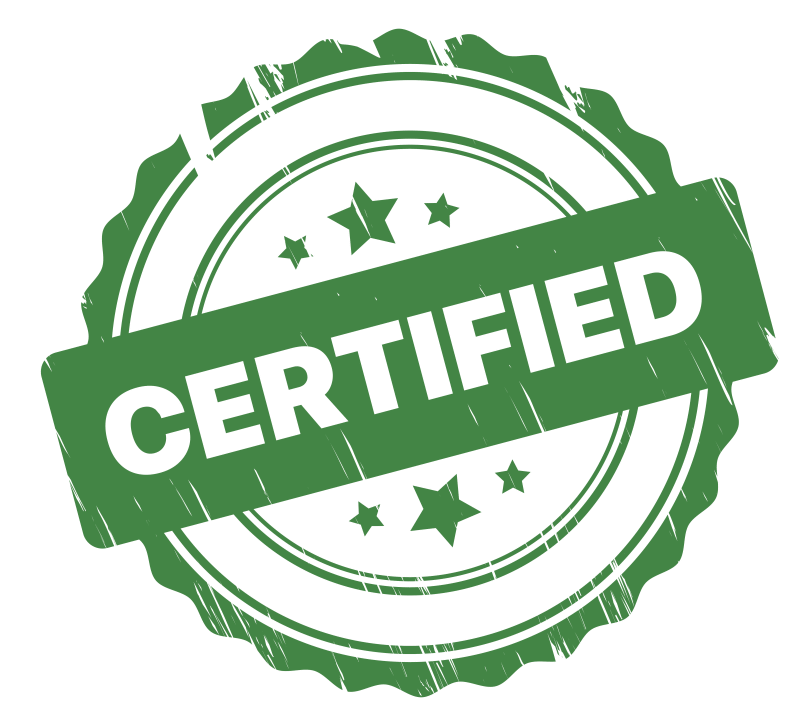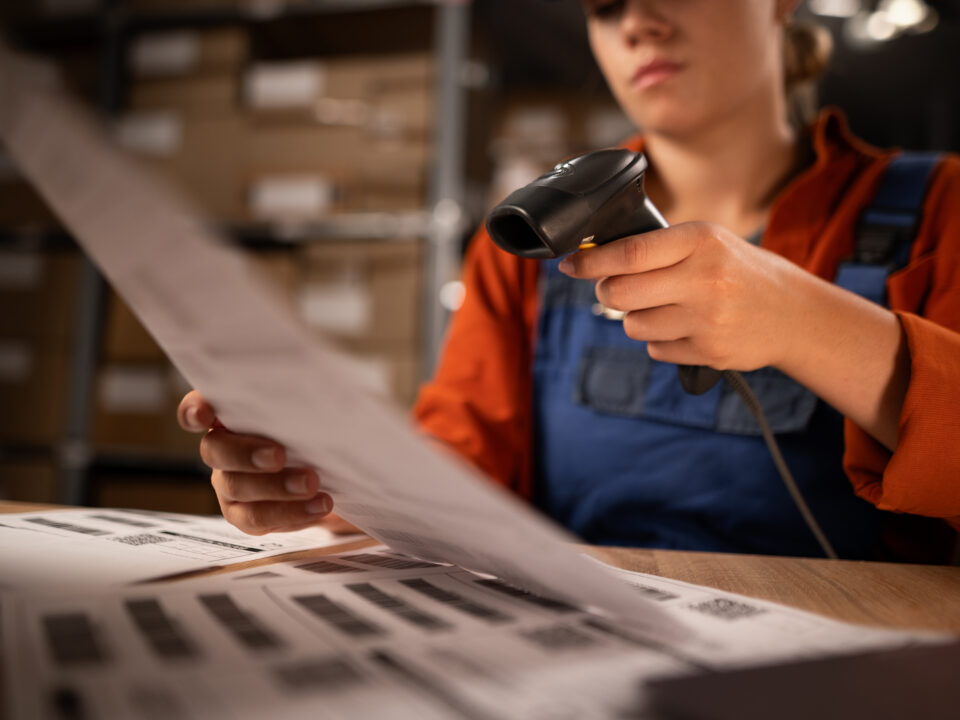
Smart Cold Chain Monitoring Systems
June 2, 2025
Allergen Management
June 26, 2025Food safety is the cornerstone of any successful food business—whether you’re running a large-scale factory, a small café, or a grocery chain. Today, the Food Safety Alliance will discuss what food safety risks are and how products can become contaminated at various stages—from receiving raw materials to serving the final product. These risks can be microbiological, chemical, physical, or related to allergens. Understanding and managing these risks is essential not only for consumer protection but also for maintaining business reputation and legal compliance.
In today’s blog, we’ll share information categorized by common risk types and explain how each one can be controlled through proper hygiene, inspections, and exemplary manufacturing practices.
Receiving of ingredients

Microbiological Analysis Results
Ingredients are the foundation of any food product, as they form the basis for its production. Ensuring their quality from the start is crucial to maintaining food safety.
Critical Risks:
- Spoiled ingredients upon receipt: Using spoiled ingredients can lead to the growth of harmful bacteria such as Salmonella, Listeria, or E. coli.
- Improperly stored raw materials: Inadequate temperature or storage conditions can accelerate spoilage or lead to contamination.
High Risks:
- Pesticide residues: Residual chemicals on fruits and vegetables can pose serious health risks.
- Insect eggs in dry ingredients: Often hard to detect, this risk can lead to infestation if not managed properly.
- Stones and damaged packaging: These represent physical hazards and indicate poor supplier management.
Control Measures:

- Inspect all deliveries during incoming control—temperature checks and visual inspections are essential.
- Work with trusted suppliers who provide certificates for pesticide use and hygiene standards.
- Store ingredients in a clean, labeled, temperature-controlled environment.
- Apply FIFO (First In, First Out) rotation in the storage area to reduce the risk of ingredient spoilage.
Human Factor

People are one of the most critical and high-risk aspects of food safety. Poor hygiene and illness can easily transfer pathogens to food.
Critical Risks:
Dirty hands, illness, unclean clothing, and hair: These are major sources of microbiological contamination.
Significant Risks:
Nail polish, objects in pockets, and jewelry: These items can fall into food, causing physical contamination.
Disorganized changing rooms: Poorly maintained hygiene facilities contribute to indirect contamination.
Control Measures:

Monitor personal hygiene and conduct regular health checks.
Provide proper work uniforms and strictly prohibit the use of personal items, including mobile phones, in work areas.
Keep all staff-dedicated areas clean and well-maintained.
Conclusion

Every food business—big or small—must proactively manage a wide range of food safety risks, from invisible microbes to obvious physical hazards. Understanding where these risks lie and how to control them through proper hygiene, equipment maintenance, and staff training is essential.
When risks are not properly controlled, the consequences can range from customer complaints to serious health threats, financial losses, and legal repercussions. However, with a structured risk management approach and the implementation of HACCP—built on inspection, training, and hygiene—these dangers can be significantly reduced, ensuring food safety is maintained.



